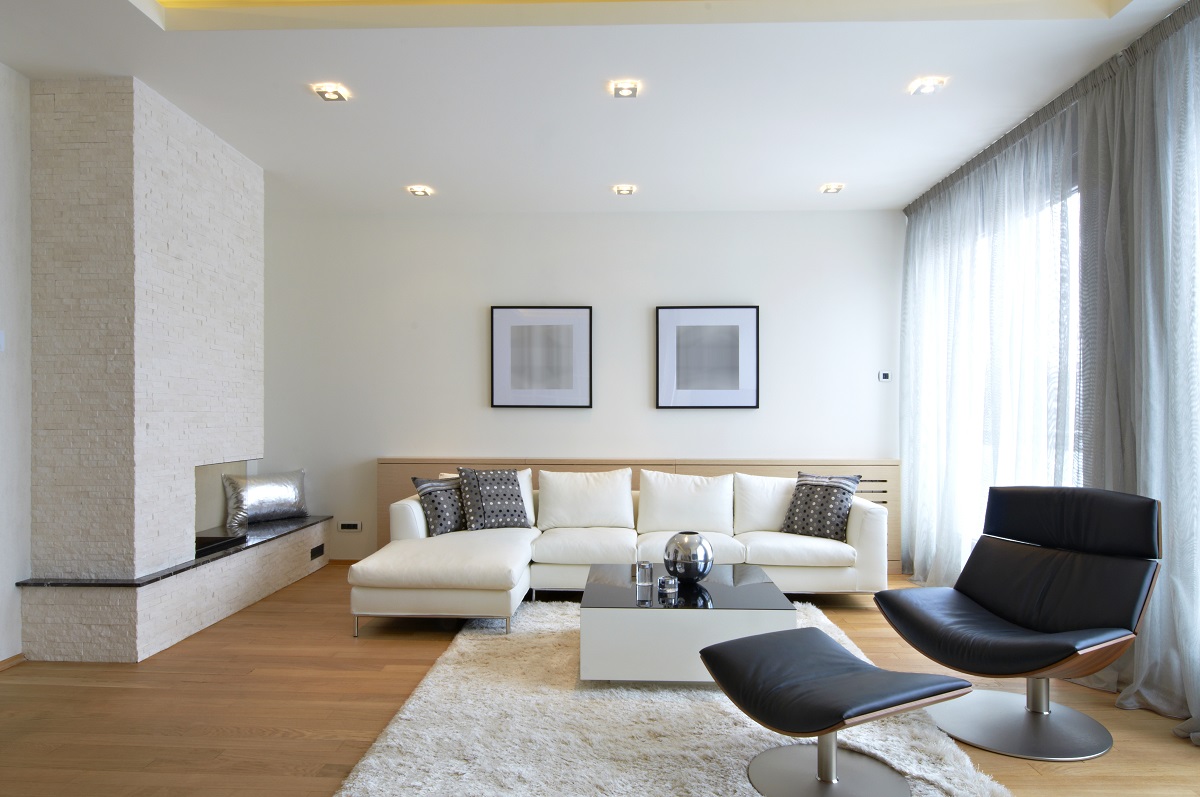Keeping your utilities up and running is essential in having a good home life, but it can be troublesome when the bills are piling high. Thankfully, there are a lot of ways to lower the cost of utilities without having to resort to hacks that may end up biting you in the back later on. Here are some helpful options that will keep your energy costs more manageable.
Keep your most-used appliances well-maintained.
When your appliances start tapping out, it takes more energy for them to function as they should. Naturally, wear and tear do their share of beating up machines that need to run in a household. Some of these include your refrigerator, your washing machine, and the like. That regular upkeep is necessary even when it feels like they are the last on the list to clean up.
Dryer vent cleaning is a must to prevent overheating and clogs (that could even cause a fire), especially considering the climate. As for refrigerators, coil issues here are less prone to fires but can also burn a hole in your pocket if left unchecked.
Maintain proper air circulation in the home.
From your ventilation to how your home is built, airflow is essential to keep things at a workable temperature that is sufficient enough to allow your heater and air conditioning to work less. Make use of fans, aerate now and then, and make sure your ducts don’t have a build-up of dust and debris. That ensures that your energy management is better and can even help against indoor air pollution.

Switch out your HVAC filters every month or so.
The definite number of days your filter can last depends on your lifestyle habits and the occupants of your home. If you have a full house complete with pets, you’re going to want to change your HVAC filter every 30 days as a rule. Single households or pet-free ones can afford to wait a bit longer but still need to change around the 60 to 90-day mark. You’ll find that in doing so, your HVAC system does not have to run actively as long to achieve the temperatures you seek and saves you some energy and costs.
Go for energy-efficient lighting.
In this age, there’s little to no reason to opt for anything other than LED lights. They use around 75% less energy than incandescent bulbs and last longer. They’re a good investment that will be good to go for years and don’t cost that much anymore. On top of that, they are relatively safer than older bulbs and still produce the necessary brightness depending on the wattage of your choice.
Make sure your house is leak-free.
Too often, subtle leaks go unnoticed until the water bill comes and shows exorbitant numbers that don’t make sense with actual usage. A major sign that you have a leak in your plumbing is water damage in your walls or flooring. Keep an eye out for these and make sure you have proper plumbing maintenance, and you should get away with lower bills as long as you manage your consumption.
Consumers spend around 7% of their annual income on energy costs on average, and since prices aren’t seeing any signs of going down, it comes down to how you manage your energy efficiency.
